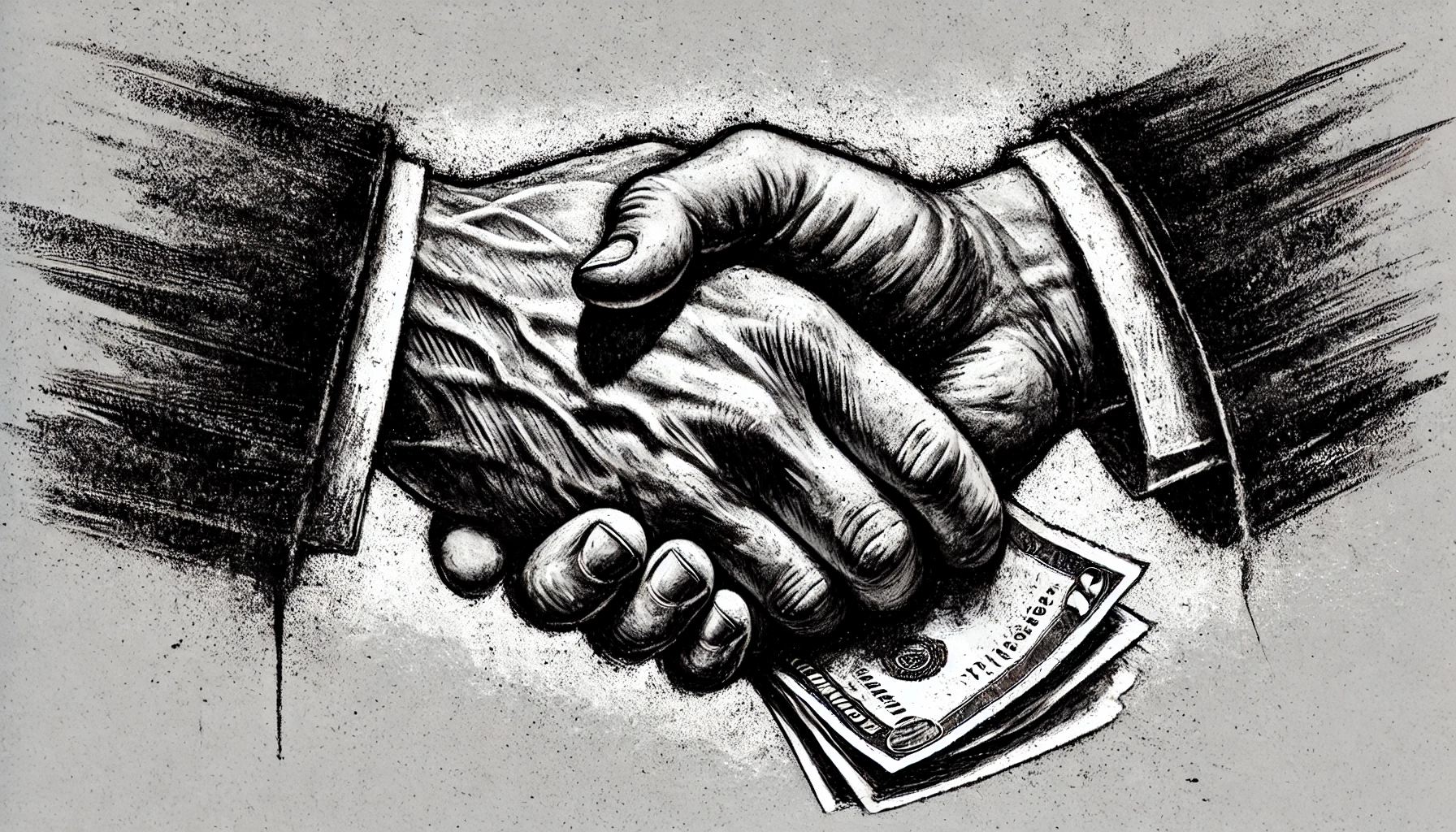Production
Supply Chain Audit - How it will make me more money and sleep better and night.

What is an Audit and Why do I need it ?
A supply chain audit is a systematic and independent evaluation of an organization's supply chain processes and practices. The purpose of a supply chain audit is to identify areas of improvement and to ensure that the organization's supply chain is operating efficiently and effectively.
What are We looking for ?
- Identifying areas of waste or inefficiency: A supply chain audit can help identify areas of the supply chain where resources are being wasted or processes are inefficient, allowing the business to implement changes to improve efficiency and reduce costs.
- Improving supplier relationships: A supply chain audit can help identify issues or challenges in relationships with suppliers, enabling the business to address these issues and improve communication and collaboration with suppliers.
- Enhancing visibility and control: A supply chain audit can provide a detailed view of the entire supply chain, enabling the business to better understand and manage the various processes and activities involved.
- Reducing risk: A supply chain audit can help identify potential risks and vulnerabilities in the supply chain, allowing the business to take proactive steps to mitigate these risks and protect against disruptions.
- Improving customer satisfaction: A well-managed supply chain can lead to better quality products and faster delivery times, which can enhance customer satisfaction and loyalty.
How is sustainability incorporated into your supply chain audit
There are several ways in which a business can incorporate a commitment to the United Nations' sustainability goals, a circular economy, and ecofriendliness into its operations, which can ultimately lead to increased profits over time. Some strategies for achieving this include:
- Reducing waste and resource consumption: Implementing practices such as recycling, reusing materials, and reducing energy and water consumption can help reduce waste and resource consumption, leading to cost savings and reduced environmental impact. We Assist Co are huge sustainability geeks, just ask us :)
- Maximizing resource efficiency: Implementing strategies such as optimizing production processes, using more sustainable materials, and incorporating closed-loop systems can help to maximize resource efficiency and reduce waste.
- Developing circular business models: Implementing circular business models, such as product-as-a-service or take-back programs, can help to reduce waste and increase the lifecycle of products, leading to cost savings and increased profitability.
- Collaborating with suppliers: Working with suppliers to implement sustainable practices can help to reduce the environmental impact of the supply chain, as well as improve relationships with suppliers and enhance the business's reputation.
- Communicating sustainability efforts: Communicating the business's sustainability efforts to customers, stakeholders, and the public can help to build trust and enhance the business's reputation, leading to increased customer loyalty and potential for increased profits.
Whats Next Post the Audit?
Each route for supply is different, each product is different and each business is different, We Assist Co takes these beautiful idervidualities and the goals of the client into account when assessing and reporting a supply chain. This will have a direct impact on the results, though we also have our take and do not hold back as we believe its now how you plan for the future of your product or material based business.
- Summary of findings: Provide a summary of the most significant findings of the audit, including any areas of the supply chain that were identified as needing improvement or any best practices that were identified.
- Recommendations for improvement: Present the recommendations for improvement that were identified as a result of the audit, including any specific actions or changes that should be implemented.
- Potential impact of recommendations: Discuss the potential impact of implementing the recommendations, including any potential cost savings, increased efficiency, or other benefits that may result.
How We Assist Co is incorporating sustainability and ecofriendliness into business operations and audits, can not only help to reduce environmental impact, but also lead to cost savings, improved efficiency, and increased profitability in the long term.
Click to learn to connect to our Product Stewards Today


